Homa H. Zadeh, DDS, PhD
CV / Bio
Dr. Zadeh is a diplomate of the American Board of Periodontology. He received his doctor of dental surgery degree from the University of Southern California (USC) Ostrow School of Dentistry. He has also completed advanced clinical education in Periodontology and earned a PhD degree in immunology from the University of Connecticut, Schools of dental medicine and medicine. Dr. Zadeh is internationally recognized for his clinical and scientific expertise. His clinical areas of interest range from esthetic and minimally invasive periodontal and implant surgery, as well as tissue engineering. He served as the president of the Western Society of Periodontology in 2017. Dr. Zadeh directs the VISTA Institute for Therapeutic Innovations with blended educational pedagogy on a variety of clinically-relevant topics. He also maintains a private practice limited to periodontology and implant surgery in Southern California.
Lecture: Avoidance and Management of complications in Periodontal & Peri-implant Plastic Surgery with VISTA
An array of complications are encountered in periodontal and peri-implant therapy, including occurrence of gingival/peri-implant recession, some of which are due to clinician errors. There are also biological complications that are mostly inflammatory in nature. Other inherent limitations such as thin mucosa can predispose to future complications. Periodontal and peri-implant plastic surgical approaches can be employed to avoid or solve much of these problems. The application of Vestibular Incision Subperiosteal Tunnel Access (VISTA) technique for periodontal and peri-implant soft tissue regeneration will be discussed. This presentation will review the risk factors that influence disease progression and predict therapeutic outcomes. The rationale, scientific evidence and material selection for various therapeutic approaches will be discussed.
Educational Objectives:
Upon completion of this course, participants will have gained knowledge with:
- Risk assessment to identify patients and sites at risk and likelihood of favorable therapeutic outcome
- The rationale and protocol for VISTA to regenerate periodontal and peri-implant tissues
- Selection of appropriate material for various applications: root/implant surface coverage, phenotype conversion and contour augmentation.
